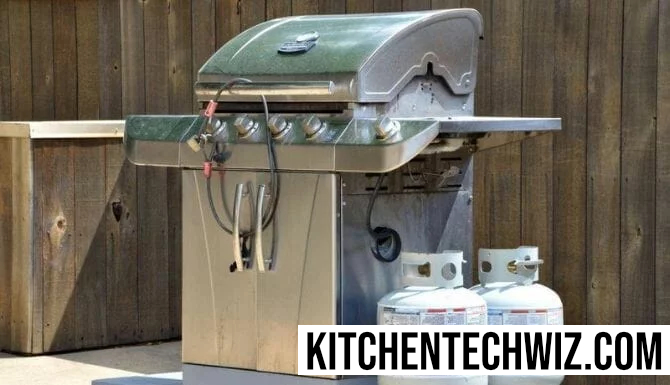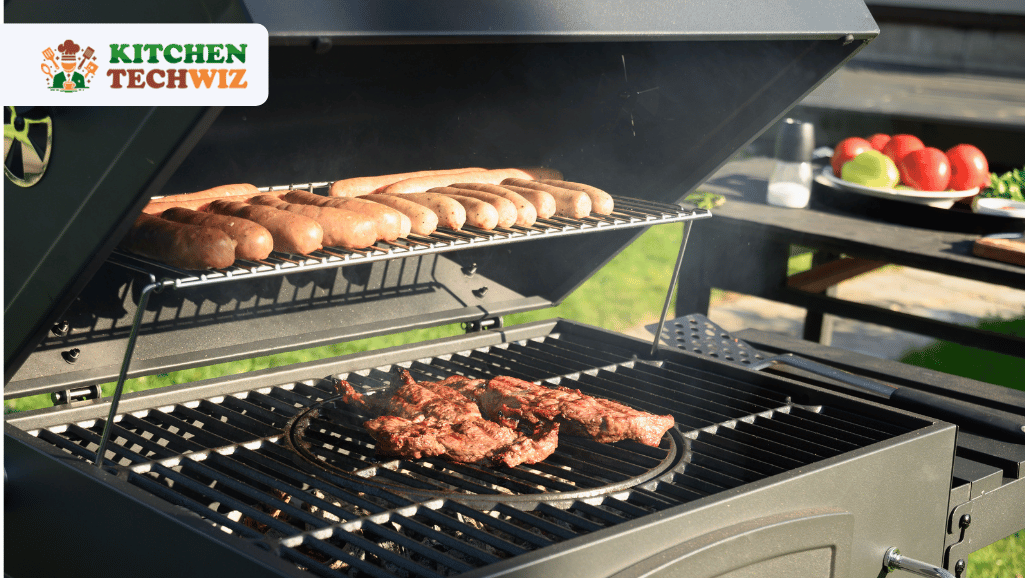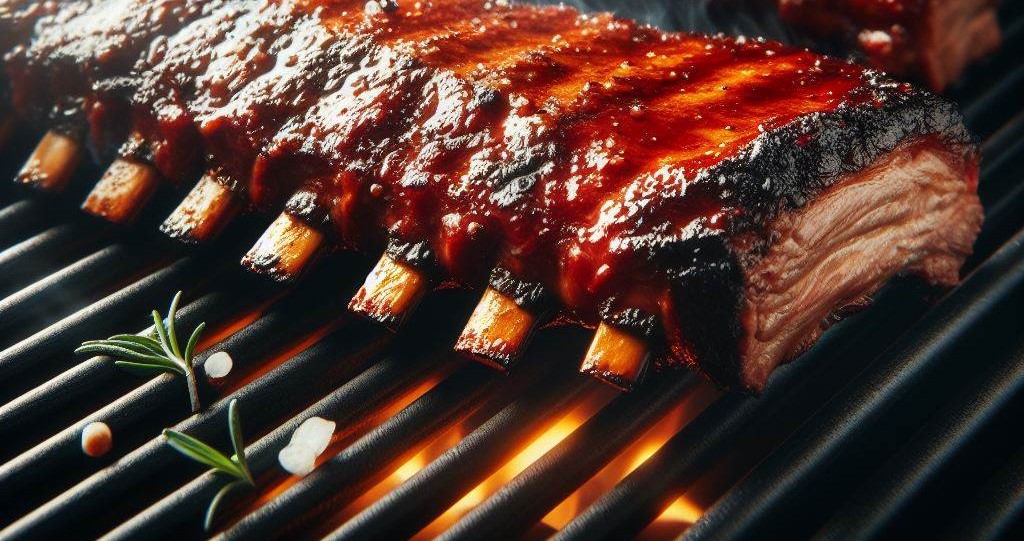Understanding the need for turning off a grill is crucial for not only safety but also for prolonging the life of your equipment. One key reason to turn off the grill is to prevent gas leaks, which can lead to dangerous and potentially explosive situations. Another important aspect is conserving energy and resources by avoiding unnecessary gas consumption when the grill is not in use.
This guide will provide step-by-step instructions for turning off a gas grill, with proper subheadings and paragraphs to help make the process clear and easy to understand.
How to Turn Off Gas Grill?
Step 1: Preparing to Turn Off the Grill
Before turning off your gas grill, it is important to ensure that all burners are turned off and that the grill lid is closed. This will help prevent any gas leaks or fires. You should also make sure that all utensils and food have been removed from the grill.
Step 2: Turning Off the Gas Supply
The next step in turning off your gas grill is to turn off the gas supply. To do this, locate the valve that controls the flow of gas to the grill. This valve is usually located near the propane tank or natural gas line. Once you have found the valve, turn it to the “off” position.
Step 3: Checking for Gas Leaks
After turning off the gas supply, it is important to check for any gas leaks. To do this, spray a solution of soap and water over all the connections on the grill. If you see any bubbles forming, this indicates a gas leak and you should immediately turn off the grill and call a professional to fix the leak.
Step 4: Cleaning the Grill Grates
Once the gas supply has been turned off and any leaks have been checked and fixed, it is important to clean the grill grates. This will help prevent rust and other damage to the grates, and will also make the grill easier to use next time. To clean the grates, use a wire brush to scrape off any food residue or buildup. Then, wipe down the grates with a damp cloth to remove any remaining debris.
Step 5: Covering the Grill
To protect your gas grill from the elements and prevent damage, it is a good idea to cover the grill when it is not in use. A grill cover will protect the grill from rain, snow, wind, and other weather conditions that could cause rust, corrosion, or other damage. Make sure the cover is a proper fit for your grill and that it is securely in place before leaving the grill unattended.
Step 6: Storing the Propane Tank
If you are using a propane tank with your gas grill, it is important to store the tank properly when the grill is not in use. Store the tank in a cool, dry place, away from direct sunlight and heat sources. This will help prevent leaks or other issues with the tank, and will also make it easier to find the tank when you are ready to use the grill again.
Step 7: Maintenance and Upkeep
Regular maintenance and upkeep is important to keep your gas grill functioning properly and safely. This may include cleaning the burners, checking for leaks, tightening any loose connections, and replacing worn or damaged parts. Regular maintenance will also help extend the life of your grill and ensure that it is always ready to use when you need it.
Safety Precautions
Gas grilling can be a convenient and enjoyable way to cook delicious meals, but it’s crucial to prioritize safety when using this cooking method. One of the most important safety precautions for gas grilling is to regularly inspect the grill and its components for any signs of wear or damage.
This includes checking the gas lines, connections, and valves for leaks or corrosion, as well as ensuring that all knobs and ignition systems are functioning properly.
Another essential aspect of maintaining safety while gas grilling is practicing proper grill positioning. It’s imperative to place the grill in an open, well-ventilated area away from flammable materials such as trees, overhanging structures, or combustible surfaces.
Checking for Leaks
When using a gas grill, it’s crucial to regularly check for any leaks to ensure that no gas is escaping. Start by examining the hose and connections for any signs of wear or damage. Even a small crack or split in the hose could lead to gas leakage, so it’s essential to be thorough in your inspection.
One way to test for leaks is by applying a mixture of dish soap and water to the connections – if you see any bubbles forming, it indicates a leak that needs immediate attention.
Another important aspect of checking for gas leaks is inspecting the valves and regulators. These components are critical in controlling the flow of gas, so any malfunction or deterioration could lead to potential leaks.
Troubleshooting: Common issues and solutions
Gas grills are known for their convenience and ease of use, but like any appliance, they are prone to a few common issues. One frustrating problem many grill owners encounter is uneven heating, which can result from blockages in the burners or a malfunctioning regulator.
To address this, start by cleaning out any debris from the burners and ensuring all connections are secure and free of obstructions. Additionally, low flame or slow ignition could indicate a faulty igniter or gas flow issue. Troubleshoot this by checking for clogs in the burner ports and examining the gas supply line for any kinks or leaks.
Another frequent concern with gas grills is uneven flames or flare-ups during cooking. This often stems from a buildup of grease and food residue on the cooking grates or beneath the burners. To combat this issue, regularly clean your grill after each use to remove excess grease and debris that can cause flare-ups. If flare-ups persist despite cleaning, consider adjusting the positioning of your food to avoid direct contact with high heat areas on the grill surface.
Conclusion
Turning off a gas grill is a simple process, but it is important to follow the steps carefully to ensure your safety and the longevity of your grill. By properly turning off the gas supply and checking for gas leaks, you can enjoy your grilling experience without any worries.



![16 Best Tabletop Propane Gas Grills 2024: [Also Charcoal & Electric]](https://kitchentechwiz.com/wp-content/uploads/2021/04/Best-Tabletop-Propane-Grill-1.jpg)

Leave a Reply